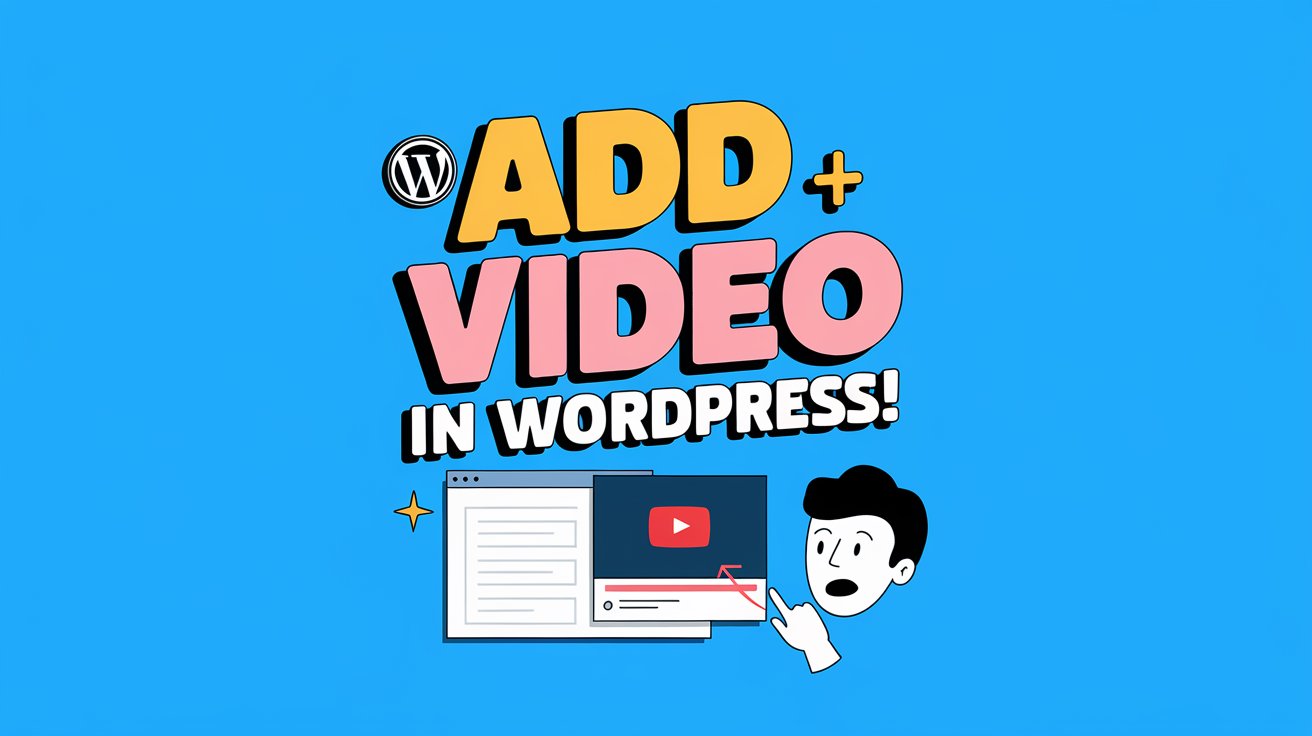Adding videos to your WordPress posts can enhance user engagement, improve SEO, and make your content more visually appealing. Whether you want to embed a YouTube video or upload your own, this guide will walk you through the different methods to seamlessly add videos to your WordPress posts.
Read More: How to Create a Custom Widget Section in Blogger Theme
1. Embedding a Video from YouTube, Vimeo, or Other Platforms
One of the easiest ways to add a video to a WordPress post is by embedding a video from platforms like YouTube or Vimeo. This method is recommended as it does not slow down your website and ensures smooth playback for users.
Method 1: Pasting the Video URL (Easiest Way)
- Find the video you want to embed on YouTube, Vimeo, or another supported platform.
- Copy the video URL from the address bar.
- Open your WordPress post editor.
- Paste the video URL directly into the editor.
- WordPress will automatically convert the URL into an embedded video.
Method 2: Using the Embed Block (For Gutenberg Editor)
- Open your WordPress post editor.
- Click on the + (Add Block) button.
- Search for the Embed block.
- Select the specific platform (e.g., YouTube, Vimeo).
- Paste the video URL and click Embed.
2. Uploading a Video Directly to WordPress
If you have a custom video that is not hosted on YouTube or Vimeo, you can upload it directly to WordPress. However, keep in mind that uploading large video files can slow down your website and use up your hosting storage.
Steps to Upload a Video:
- Click on + (Add Block) and select the Video block.
- Click Upload to add a video from your computer.
- Alternatively, click Media Library to select an existing video.
- Click Insert into Post to add the video.
💡 Pro Tip: Instead of uploading large videos, consider using a video hosting platform like YouTube or Vimeo and embedding the video. This improves website speed and performance.
3. Adding a Video Using a Shortcode (For Classic Editor Users)
For those using the Classic Editor or custom themes, you can manually add a video using the WordPress shortcode.
Example:
[video src="https://example.com/video.mp4" width="640" height="360"]This method is useful if you want more control over video display settings.
Conclusion
Adding videos to WordPress is simple and can significantly enhance your content’s impact. While embedding from YouTube or Vimeo is the best approach for performance reasons, you can also upload your own videos when necessary. Choose the method that works best for your needs and keep your audience engaged with rich multimedia content!
Do you have any questions about adding videos to WordPress? Let us know in the comments!
